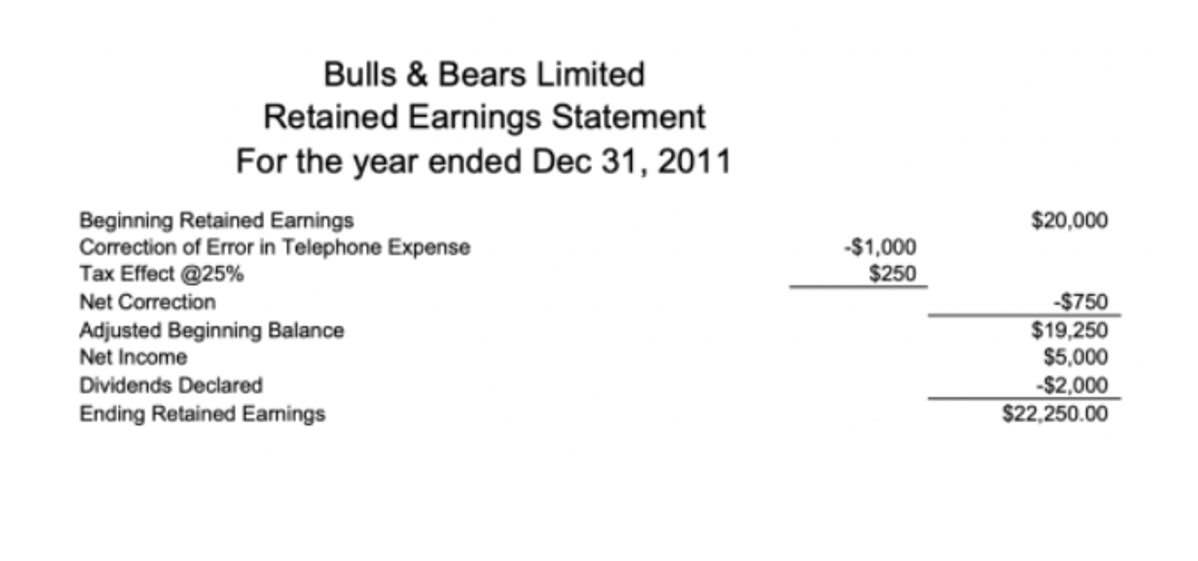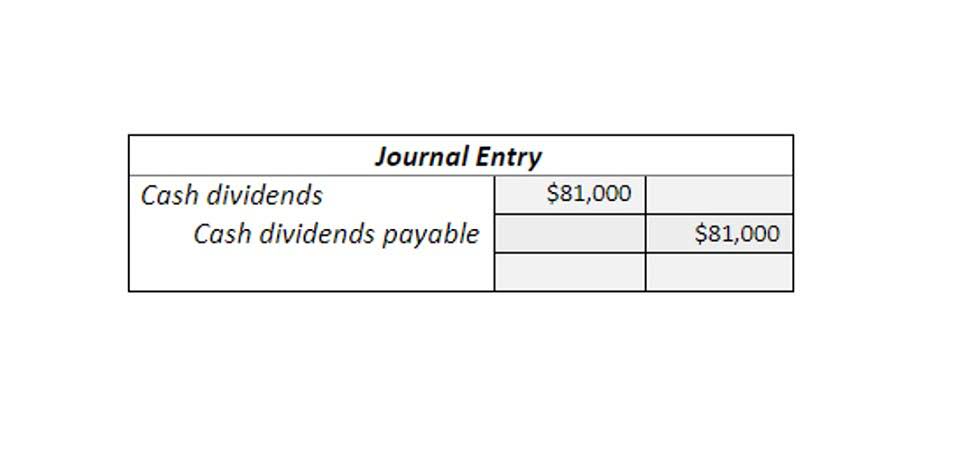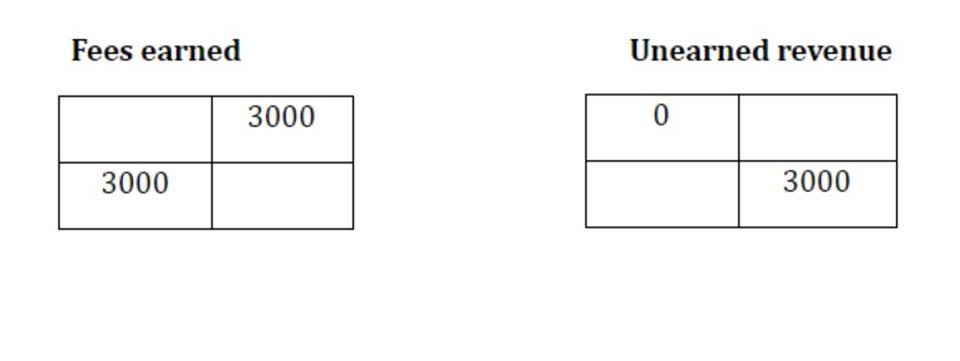
Depending on averages for the industry, there could be a higher risk of investing in that company compared to another. On the contrary, Company D shows a high degree of leverage compared to others. This reflects that the company has lower financial flexibility and significant default risk. Creditors use this financial measure to judge the financial risk of a company. A higher financial risk indicates higher interest rates for the company’s loan. Instead of considering total debt, which is a sum of short-term and long-term debt, this formula will only consider long-term debt.

Formula and Calculation of the D/E Ratio
- It also gives financial managers critical insight into a firm’s financial health or distress.
- Any company’s assets are part of the growth driver, but they also help guarantee and service any debt a company carries.
- Usually, you can find a company’s recent financial statements on their website.
- A higher debt-to-asset ratio may show that the company is taking debts to fulfill its cash requirements and is running low on cash flows.
- Perhaps 53.6% isn’t so bad after all when you consider that the industry average was about 75%.
- Further, breaking it down, one can not assess the asset quality that is being considered for computing the debt-to-asset ratio.
But have you ever wondered what’s going on behind the scenes when you apply for a loan or credit? Chances are, the lender is reviewing your application package, including your credit history and score. For businesses, one of those metrics is the debt-to-asset ratio, and for individuals, the debt-to-income ratio. In debt to equity ratio, it indicates debt in proportion with only equity, whereas, in debt to asset ratio, it indicates debt with entire assets, including intangible assets.
Step-by-step process to calculate debt-to-asset ratio
The debt-to-total-assets ratio is calculated by dividing total liabilities by total assets. Acceptable levels of the total debt service ratio range from the mid-30s to the low-40s in percentage terms. It’s great to compare debt ratios across companies; however, capital intensity and debt needs vary widely across sectors.
How do you calculate the debt-to-asset ratio?
- A company with too much debt relative to expenses might find it harder to get a loan.
- Conceptually, the total assets line item depicts the value of all of a company’s resources with positive economic value, but it also represents the sum of a company’s liabilities and equity.
- To find relevant meaning in the ratio result, compare it with other years of ratio data for your firm using trend analysis or time-series analysis.
- If the ratio is above 1, it shows that a company has more debts than assets, and may be at a greater risk of default.
- Rohan has a focus in particular on consumer and business services transactions and operational growth.
Generally speaking, a D/E ratio below 1 would be seen as relatively safe, whereas values of 2 or higher might be considered risky. Companies in some industries, such as utilities, consumer staples, and banking, typically have relatively high D/E ratios. On the other hand, the typically steady preferred dividend, par value, and liquidation rights make preferred shares look more like debt. The debt-to-equity ratio is most useful when used to compare direct competitors. If a company’s D/E ratio significantly exceeds those of others in its industry, then its stock could be more risky. If interest rates are higher when the long-term debt comes due and needs to be refinanced, then interest expense will rise.
In turn, if the majority of assets are owned by shareholders, the company is considered less leveraged and more financially stable. The formula to calculate the debt ratio is equal to total debt divided by total assets. The long-term debt ratio focuses specifically on a company’s long-term debt (obligations debt to asset ratio due in more than a year) relative to its total assets or equity. Other common financial stability ratios include times interest earned, days sales outstanding, inventory turnover, etc. These measures take into account different figures from the balance sheet other than just total assets and liabilities.

Ask Any Financial Question
- Adam received his master’s in economics from The New School for Social Research and his Ph.D. from the University of Wisconsin-Madison in sociology.
- These measures take into account different figures from the balance sheet other than just total assets and liabilities.
- Understanding each company’s size, sector, and goal is pertinent to interpreting its ratio.
- Because the total of your debts and estimated mortgage is $3,328, and you have $8,000 in monthly income, your debt-to-income ratio is 41.6%.
- Creditors get concerned if the company carries a large percentage of debt.
- Because debt costs are far lower than equity, many companies raise cash to grow by taking on larger amounts of debt.
Not always, as discussed, capital-intensive capital companies usually have high debt-to-asset ratios and still function normally. So to overcome such vast irregularities and properly compare companies, one should always check with the industry average and try to look at more than just the numbers. While comparing companies, people should use multiple financial metrics to get a proper insight. https://www.bookstime.com/, although an important ratio, has its limitations. Anyone comparing the ratios to conclude must also consider that both the companies being compared must take the same thing in the numerator and denominator. But if the company is financially weakened, it may not be able to sustain such high debts and might collapse going further.
- If both companies have $1.5 million in shareholder equity, then they both have a D/E ratio of 1.
- From the calculated ratios above, Company B appears to be the least risky considering it has the lowest ratio of the three.
- The debt-to-asset ratio is the ratio between a company’s liabilities and assets.
- The Ascent is a Motley Fool service that rates and reviews essential products for your everyday money matters.
- For the example above, company A is a well-established, stable company.
- Some companies which have high debt-to-asset ratios are Moody’s Corp, Lamb Weston Holdings Inc, Lowe’s Company Inc, Alliance Data System Corp, and many more.
Comparative Ratio Analysis

